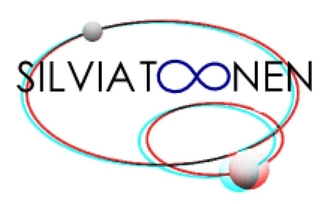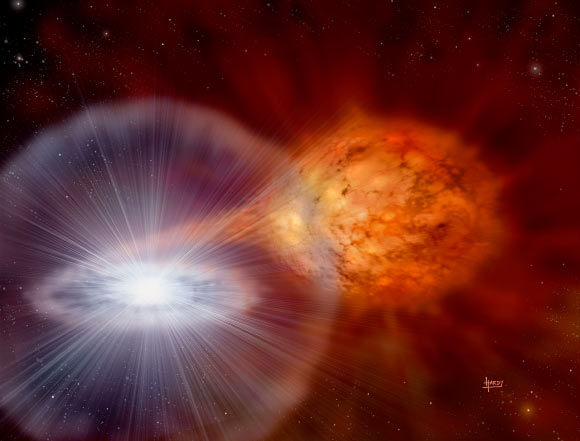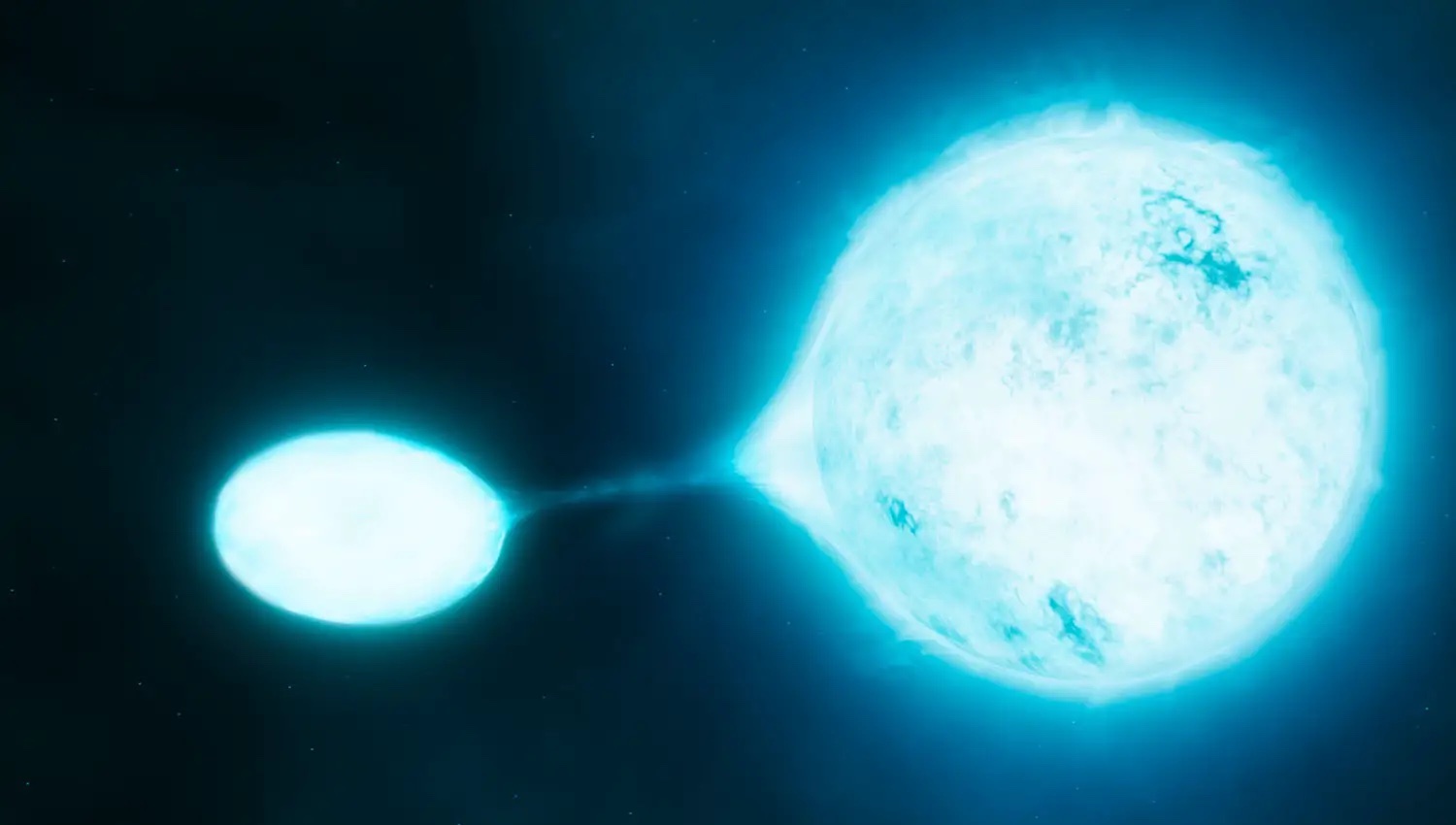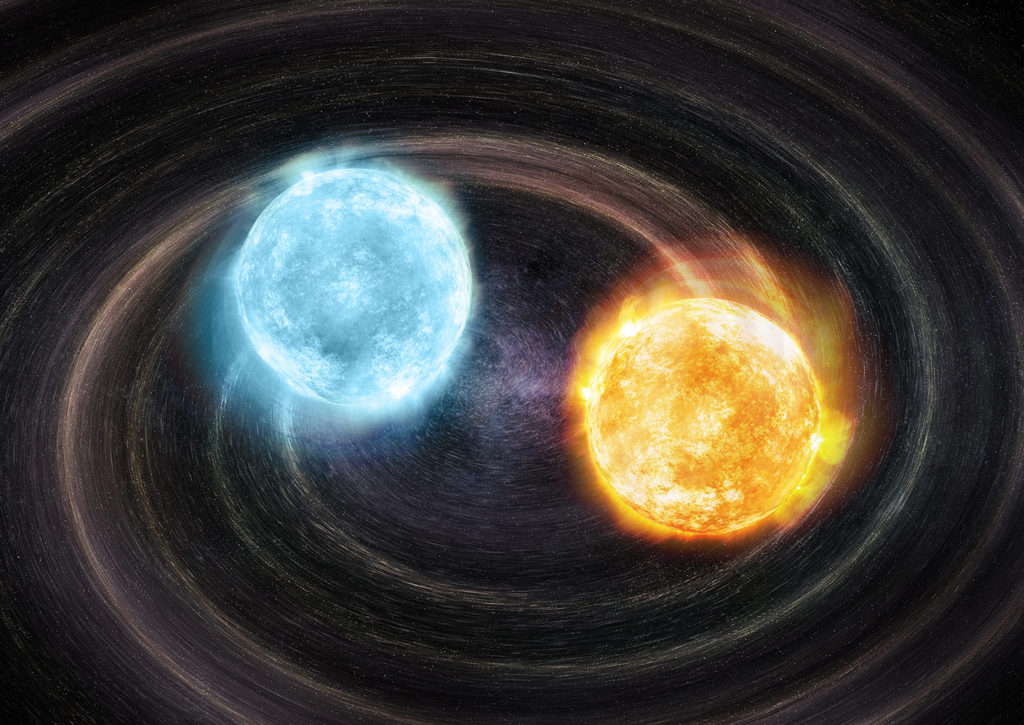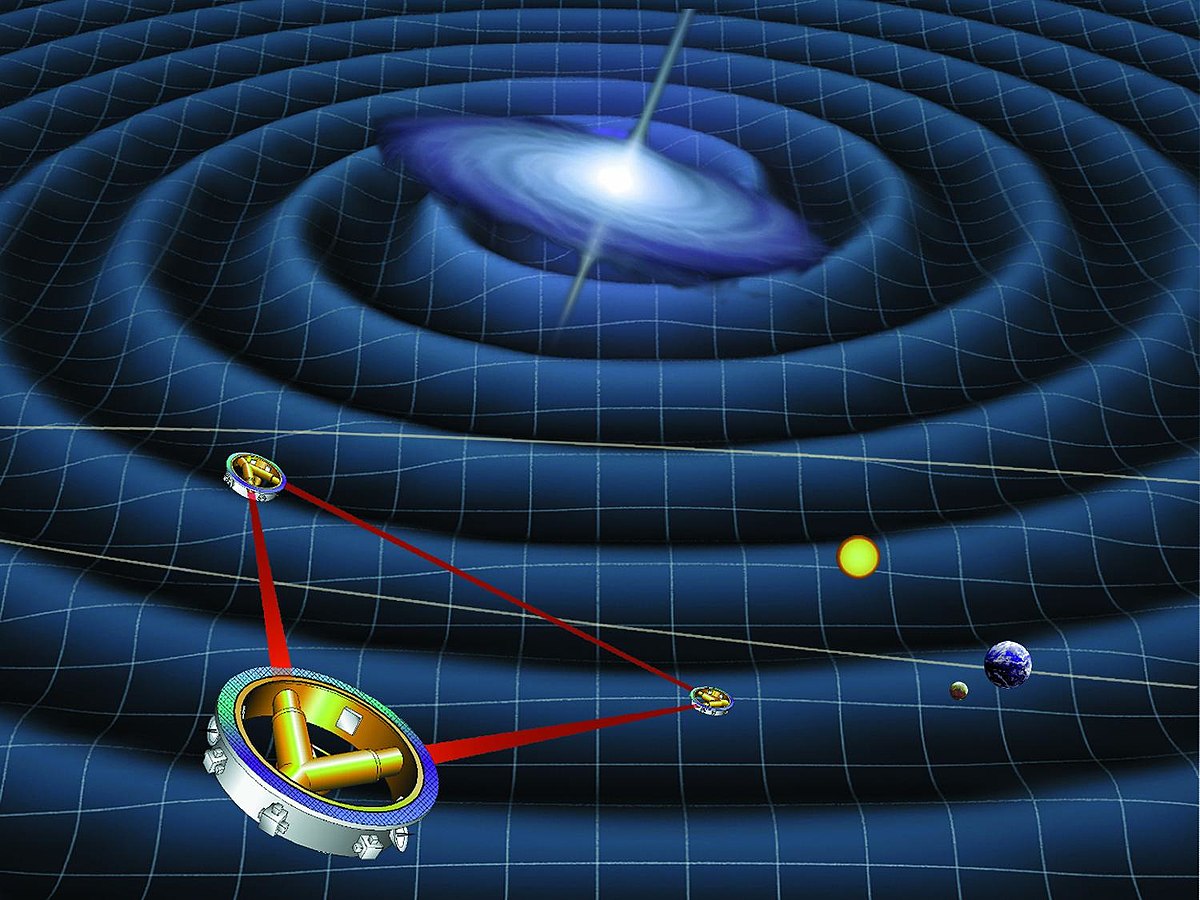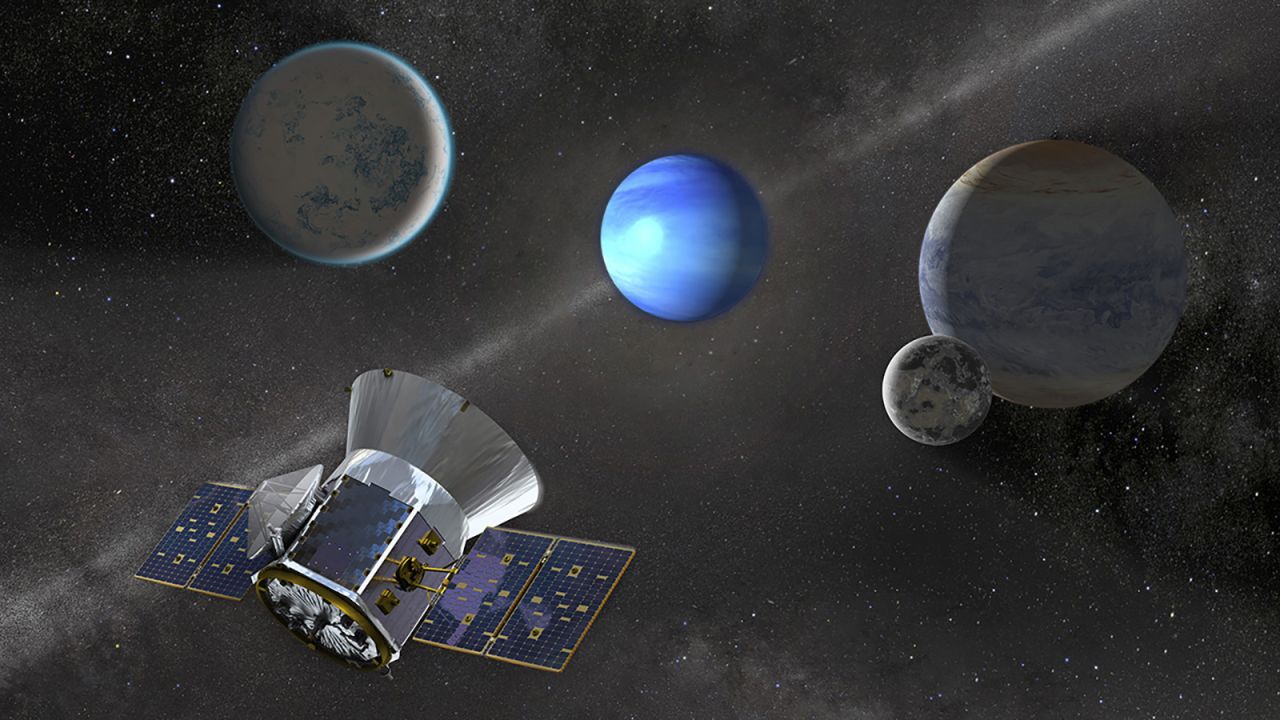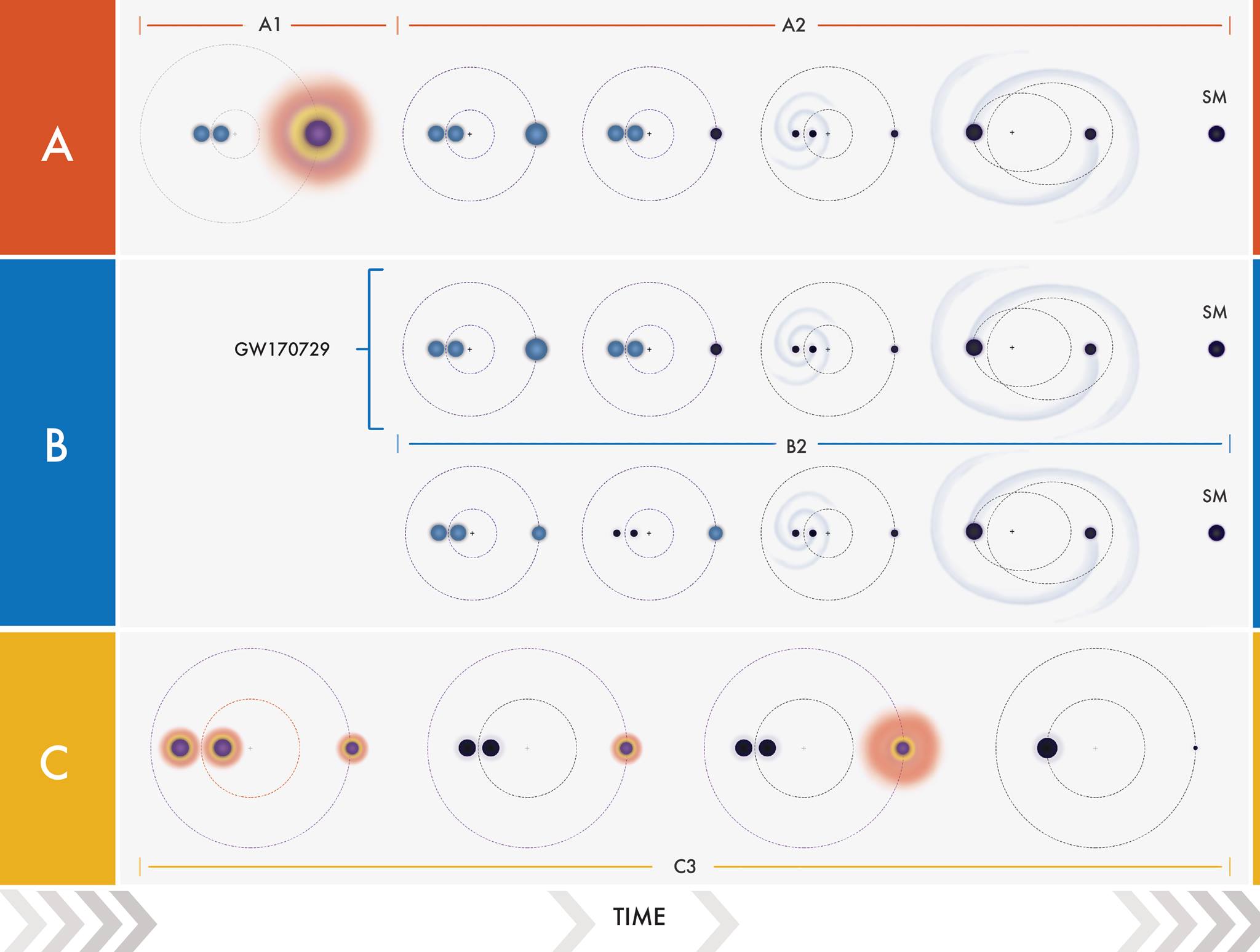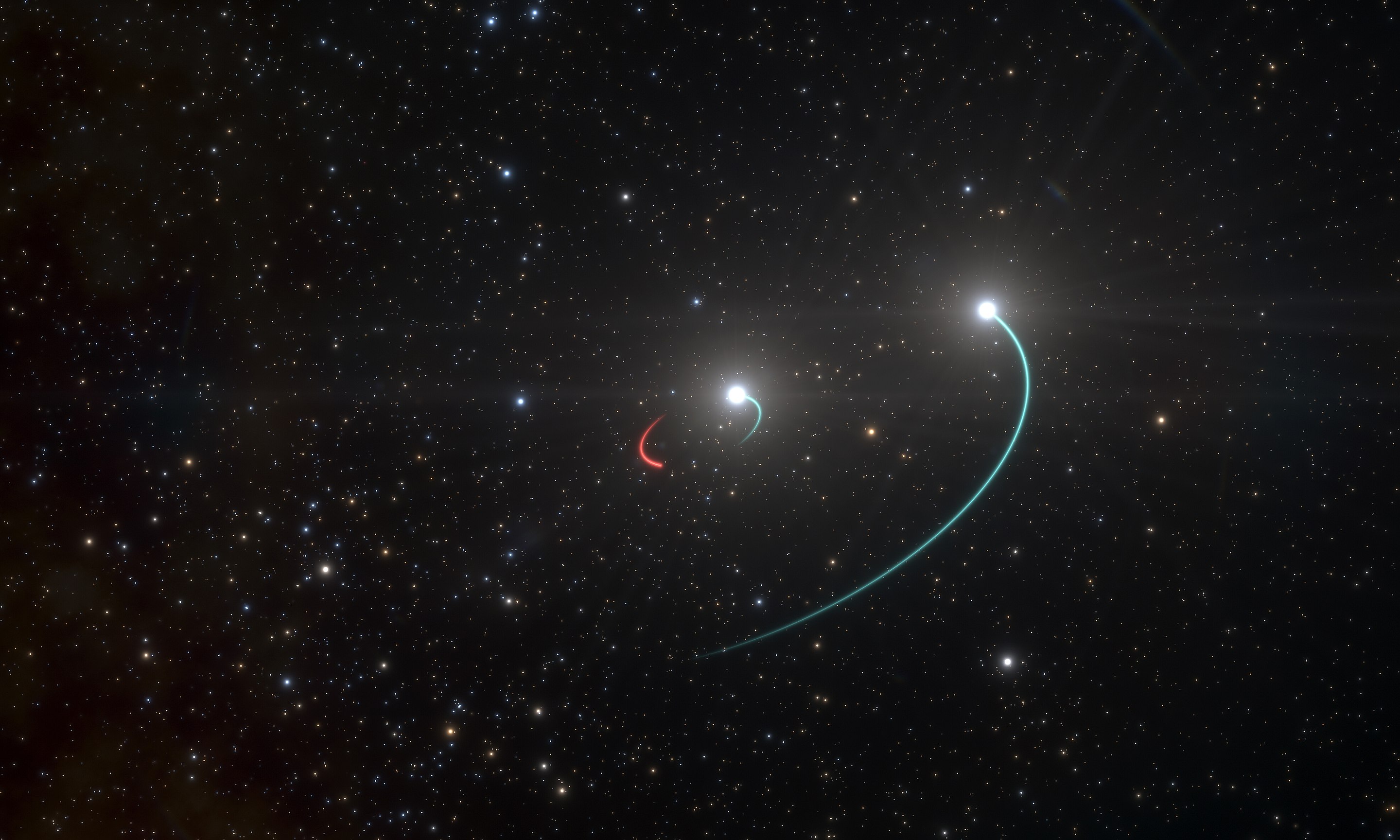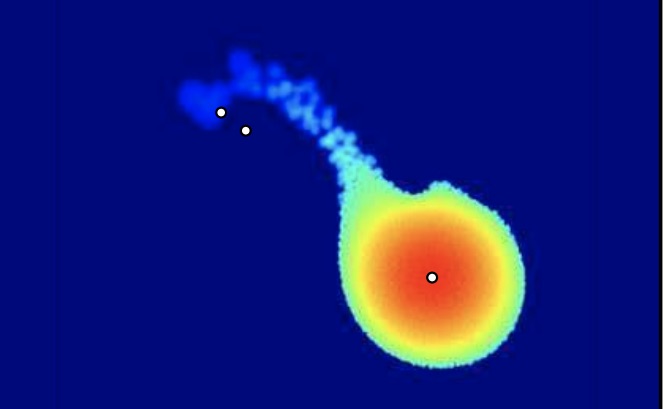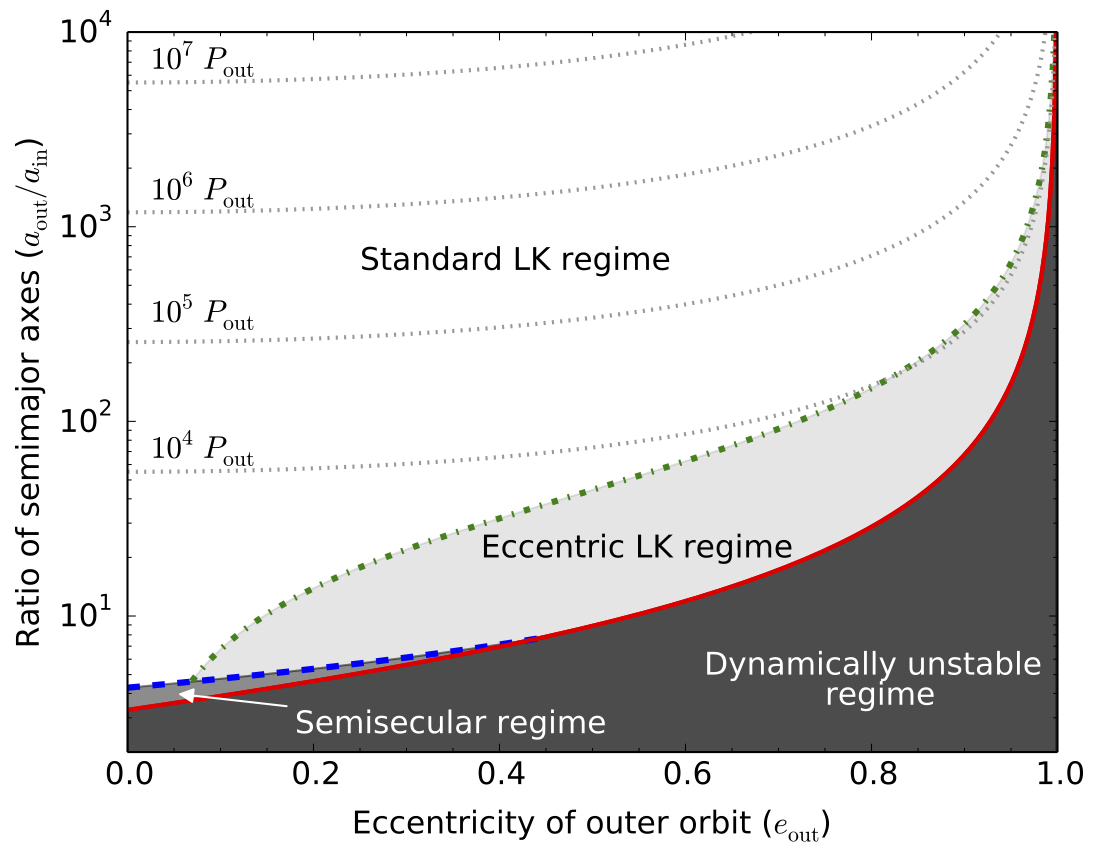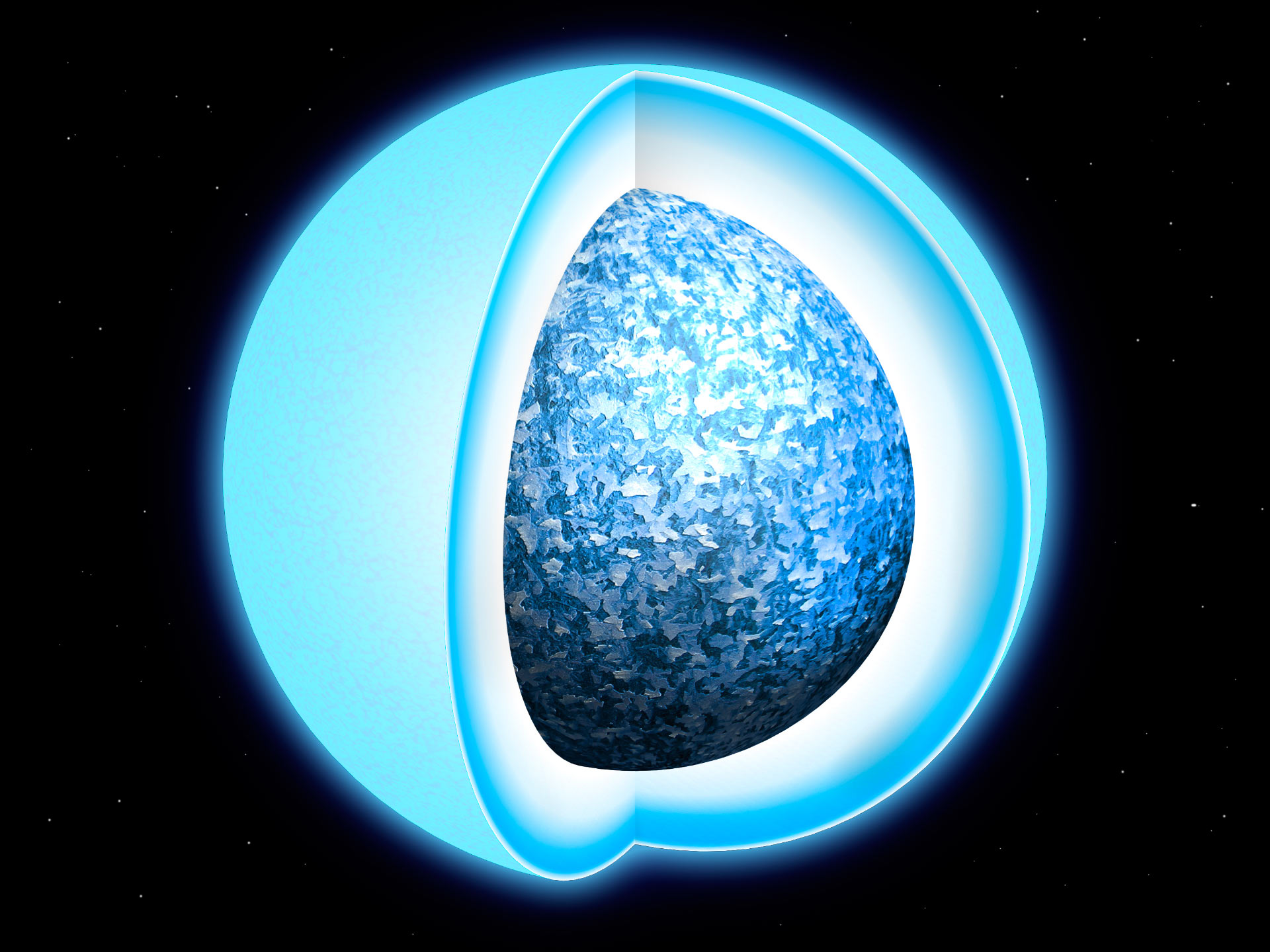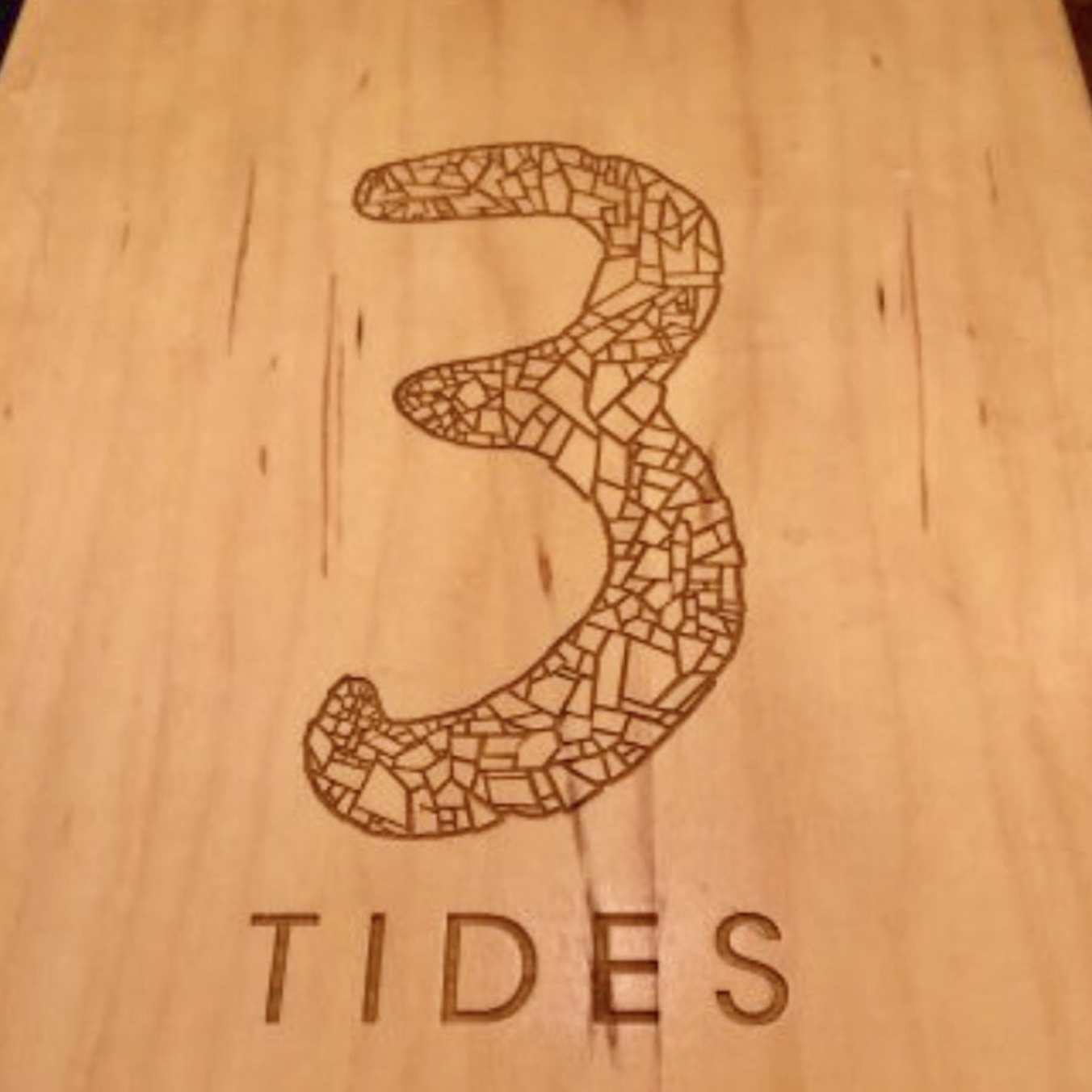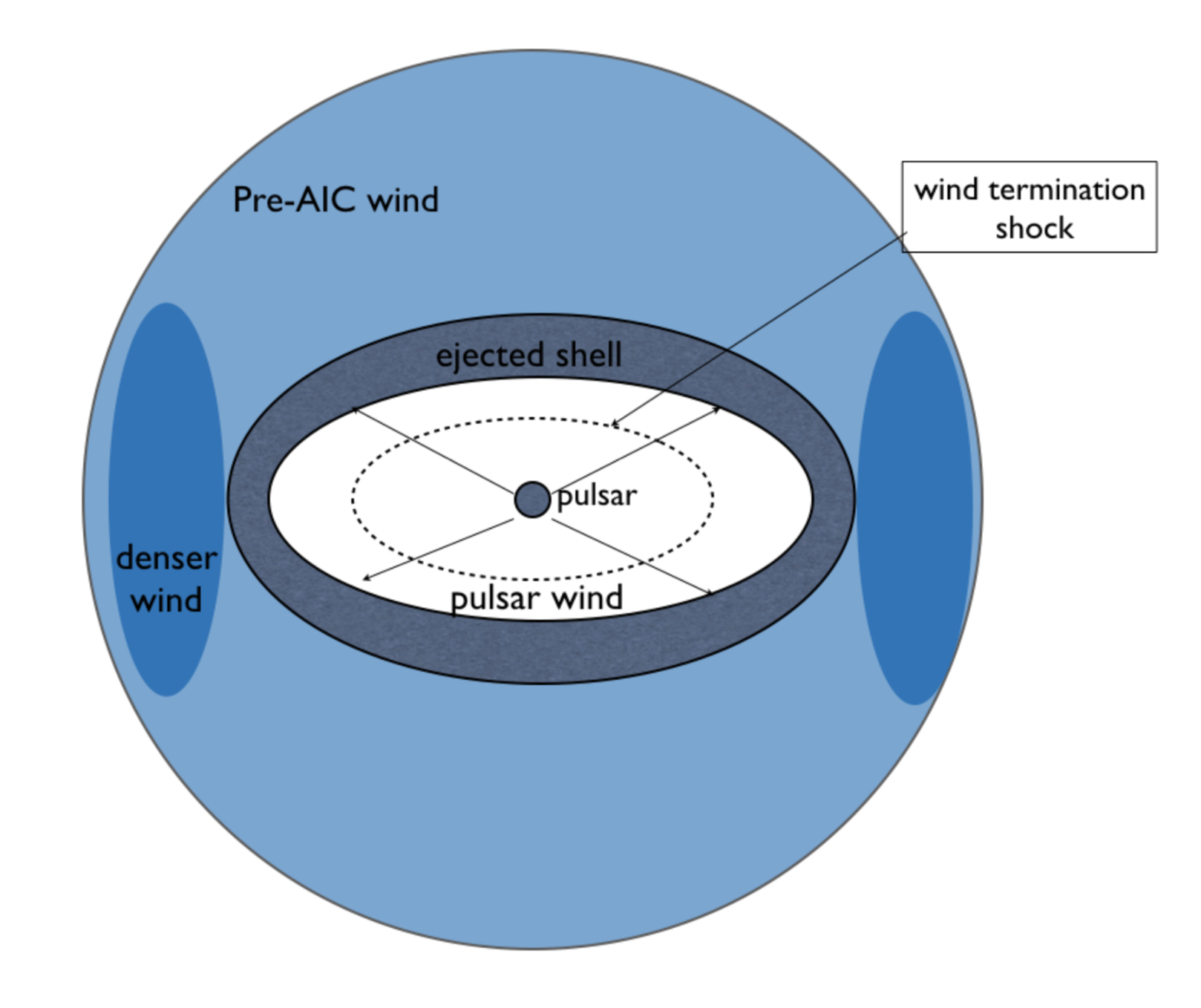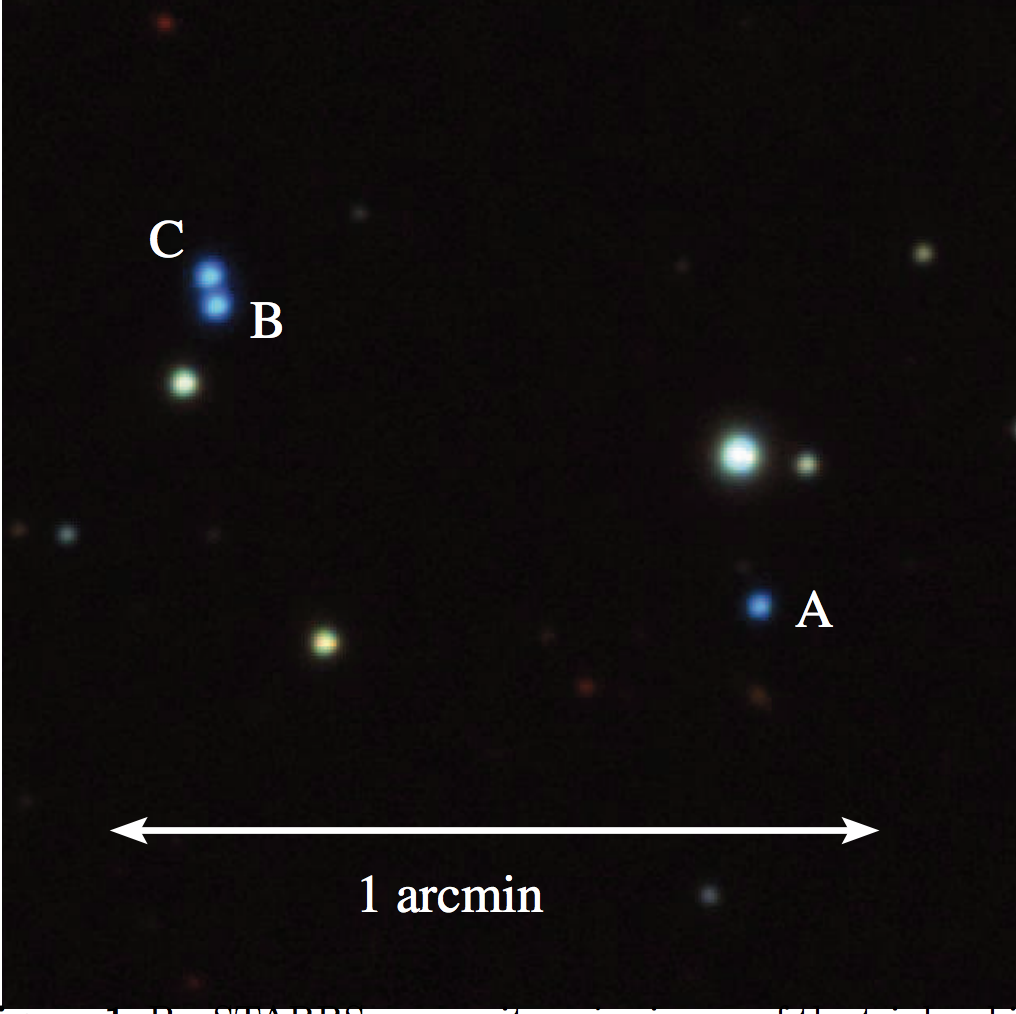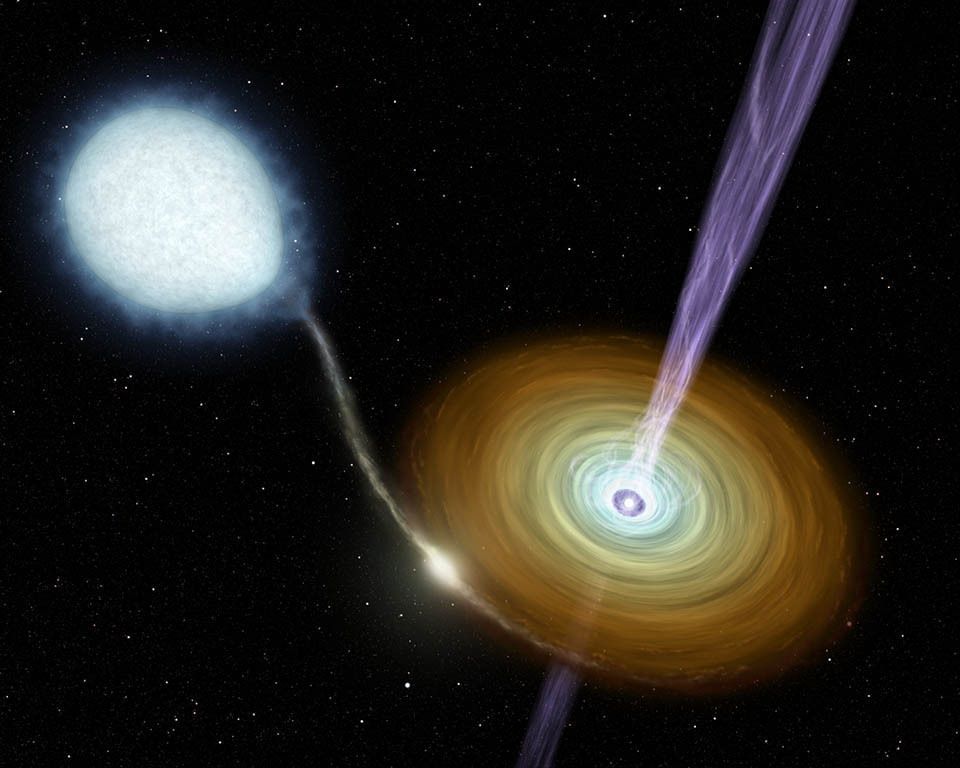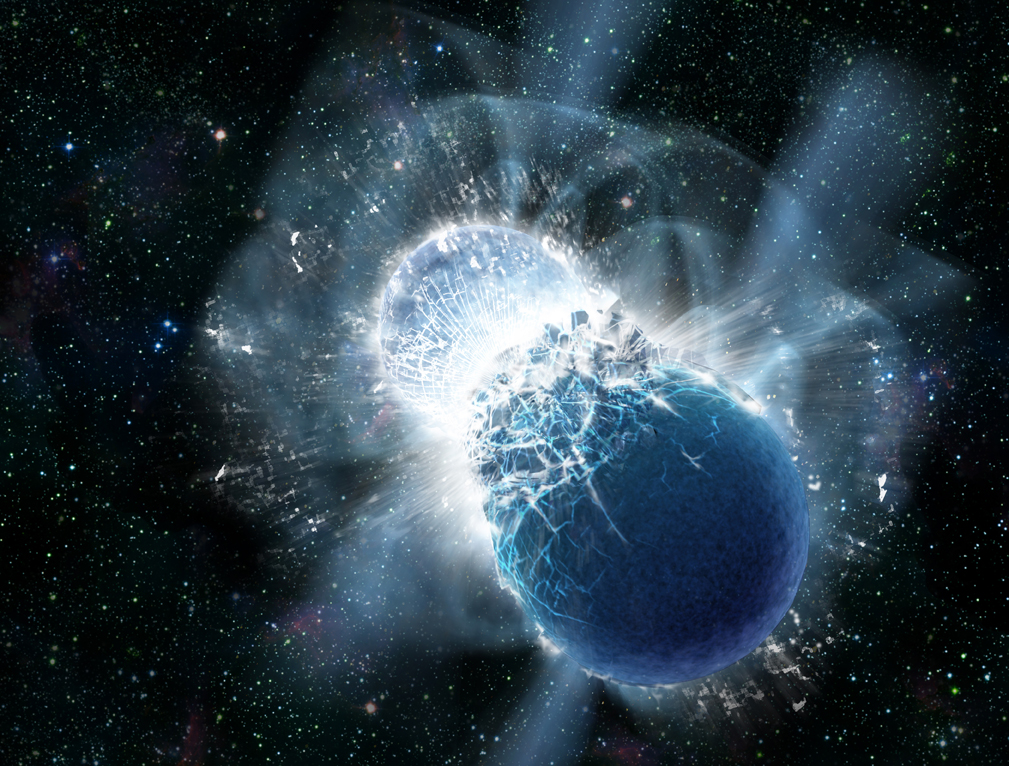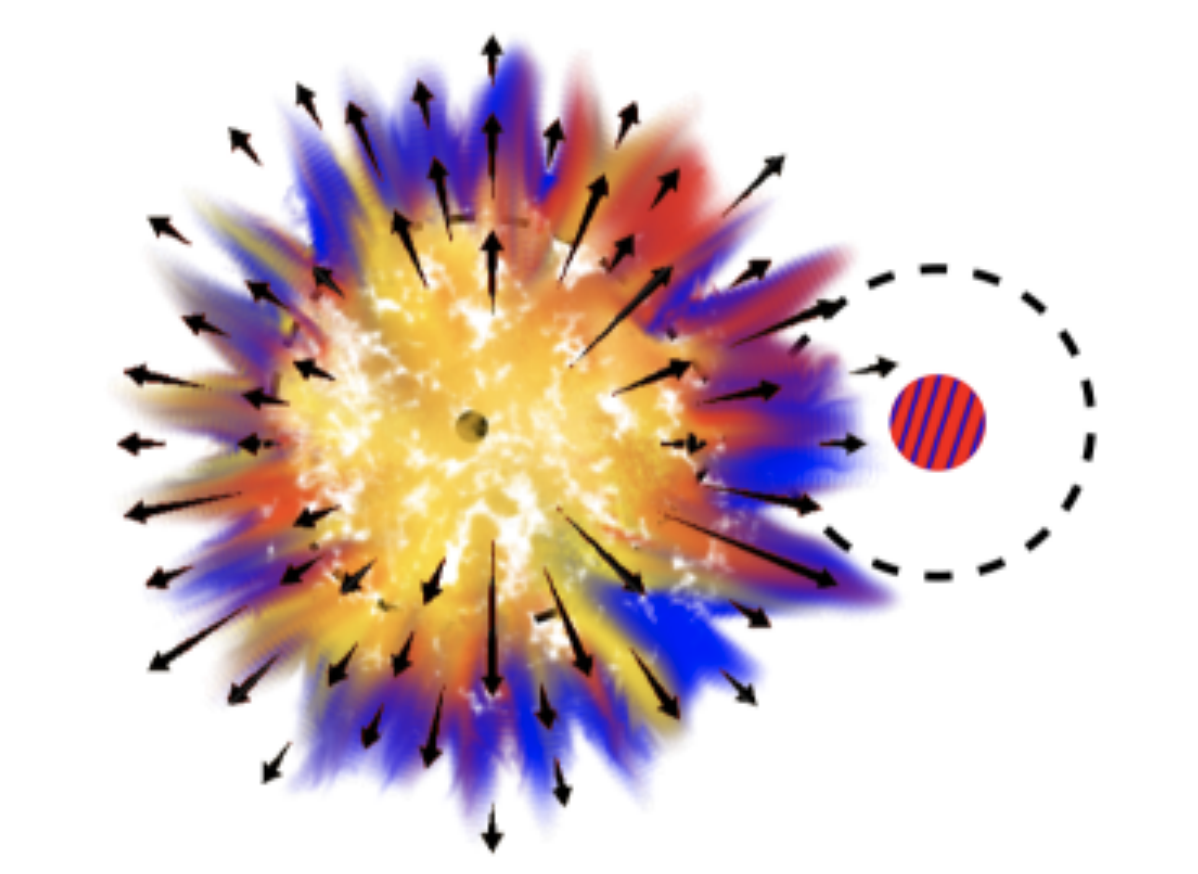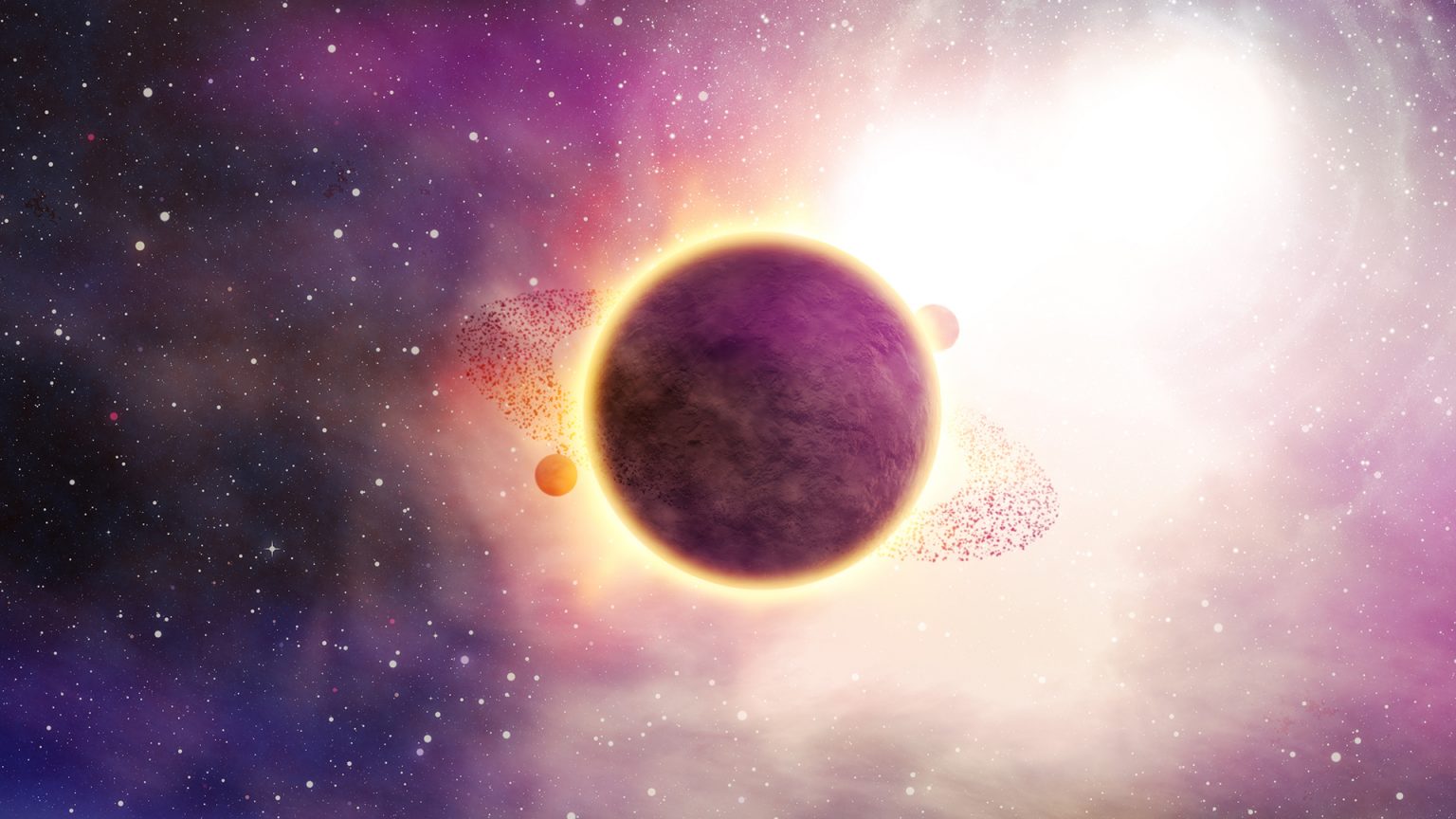
Barium stars have been studied extensively over the past few decades, yet our current understanding of how these intriguing objects formed leaves much to be desired. Many trends observed in systems containing barium stars cannot be satisfactorily explained by classical binary evolution models, naturally raising the question of whether triples and other higher order multiples can give rise to such exotic objects. In this paper, we study the possibility that a Roche Lobe overflow from a tertiary in a hierarchical triple system can potentially lead to surface barium enrichment within the inner binary, while at the same time causing the inner binary to merge, thereby producing a barium star. This possibility has the potential to form a large proportion of Barium stars, as Roche Lobe overflow from a tertiary is typically much more stable for close orbits than that from a binary companion. Various formation channels and mechanisms by which this can be achieved are considered, and constraints on relative formation rates are placed on each scenario. Three recently discovered triple systems containing Ba stars further support our proposed formation mechanism.
A triple star origin for T Pyx and other short-period recurrent novae
T Pyxidis is one of the most studied recurrent novae and even the prototype of its class. However, its mass transfer rate is three to four orders of magnitude above expected values based on GW radiation.
Here, we show that T Pyx has a distant proper motion companion and therefore likely evolved from a hierarchical triple star system. Triple evolution can naturally produce exotic compact binaries as a result of three-body dynamics, either by Kozai-Lidov eccentricity cycles in dynamically stable systems or via mass-loss-induced dynamical instabilities. By numerically evolving triple progenitors with physically reasonable parameters forward in time, we show explicitly that the inner binary can become so eccentric that mass transfer is triggered at periastron, driving the secondary out of thermal equilibrium. We suggest that short-period recurrent novae likely evolved via this extreme state, explaining their departure from standard binary evolution tracks.
Stellar triples on the edge
Destabilising triples are ideal laboratories for studying the interplay between orbital dynamics and stellar evolution, however our current understanding of the evolution of unstable triple systems is mainly built upon results from extensive binary-single scattering experiments.
Contrary to commonly expected, the majority of triples (54-69%) preserve their hierarchy throughout their evolution, in stead of a chaotic, democratic resonant interaction.
The duration of the unstable phase is much longer than expected (1000 − 10000 crossing times, reaching up to millions), so that long-term stellar evolution effects cannot be neglected.
Furthermore, collisions are common, but between MS stars instead of giant stars.
A promising indicator for distinguishing triples that will follow the democratic or hierarchical route, is the relative inclination between the inner and outer orbits. Its influence can be summed up in two rules of thumb: (1) prograde triples tend to evolve towards hierarchical collisions and ejections, and (2) retrograde triples tend to evolve towards democratic encounters and a loss of initial hierarchy, unless the system is compact, which experience collision preferentially.
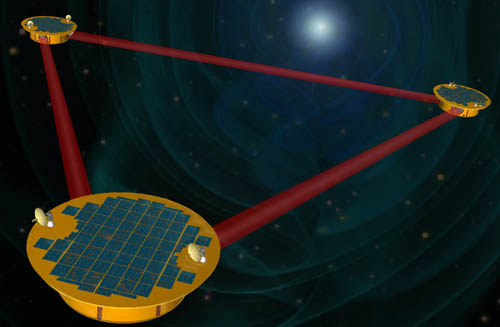
A long time in the making: our review paper on LISA science is out!
LISA will be a transformative experiment for gravitational wave astronomy, and offer unique opportunities to address many key astrophysical questions in a completely novel way.
This review outlines the extensive landscape of astrophysical theory, numerical simulations, and astronomical observations that are instrumental for modeling and interpreting the upcoming LISA datastream. To this aim, the current knowledge in three main source classes for LISA is reviewed; ultra-compact stellar-mass binaries, massive black hole binaries, and extreme or interme-diate mass ratio inspirals. The relevant astrophysical processes and the established modeling techniques are summarized. Likewise, open issues and gaps in our understanding of these sources are highlighted, along with an indication of how LISA could help making progress in the different areas. New research avenues that LISA itself, or its joint exploitation with upcoming studies in the electromagnetic domain, will enable, are also illustrated. Improvements in modeling and analysis approaches, such as the combination of numerical simulations and modern data science techniques, are discussed. This review is intended to be a starting point for using LISA as a new discovery tool for understanding our Universe.
The stability of mass transfer is critical in determining pathways towards various kinds of compact binaries and transients. However, despite its importance, very few systematic studies of the stability of mass transfer exist.
Compared with recent similar studies, we find increased stability of mass transfer from convective giants.
Our results also indicate that mass transfer is stable for a wider range of binary parameter space than typically assumed in rapid binary population synthesis. Moreover, we find a systematic dependence of the critical mass ratio on the donor star mass and radius, which may have significant consequences for predictions of post-mass-transfer populations.
Using Gaia we measure the binary-induced stellar centroid wobbling of unresolved double white dwarf binaries.
The measured distribution confirms the long-expected corresponding deep gap in the DWD separation distribution at around 1 au.
Model DWDs with separations less than several au shrink dramatically due to (at least one) common envelope phase, reshaping the original separation distribution, clearing a gap and creating a pile-up of systems at 0.01 au seperation. Our synthetic models reproduce the overall shape of the observed δa distribution and its normalization, however the predicted drop in the numbers of DWDs beyond the break is steeper than in the data.
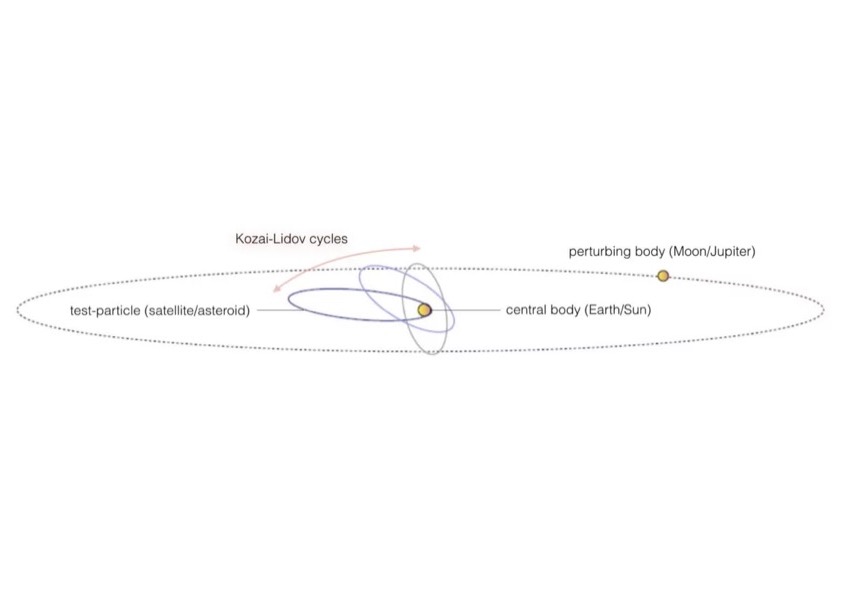
We report the results of the photodynamical analyses of four compact, tight triple stellar systems, KICs 6964043, 5653126, 5731312, and 8023317, based largely on Kepler and TESS data. All systems display remarkable eclipse timing and eclipse depth variations, the latter implying a non-aligned outer orbit. We show that, currently, both high inclination triples exhibit observable unusual retrograde apsidal motion. Moreover, the eclipses will disappear in all but one of the four systems within a few decades. Short-term numerical integrations of the dynamical evolution reveal that both high inclination triples are currently subject to ongoing, large amplitude (Δe ~ 0.3) inner eccentricity variations on centuries-long time-scales, in accord with the ZKL theorem. Longer-term integrations predict that two of the four systems may become dynamically unstable on ~ Gyr time-scales, while in the other two triples common envelope phases and stellar mergers may occur. Finally, we investigate the dynamical properties of a sample of 71 KIC/TIC triples statistically, and find that the mutual inclinations and outer mass ratios are anticorrelated at the 4σ level. We discuss the implications for the formation mechanisms of compact triples.
Realistic models of the Galactic double white dwarf (DWD) population are crucial for testing and quantitatively defining the science objectives of LISA. So far, the modelling of the DWD population for LISA has been based on binary population synthesis techniques. Here we construct the first observationally driven population. We find that the observationally driven estimates yield (1) 2-5 times more individually detectable DWDs than various BPS forecasts, and (2) a significantly different shape of the DWD confusion foreground. Both results have important implications for the LISA mission.
We report the discovery and analysis of a massive, compact, hierarchical triple system (TIC 470710327) initially identified by citizen scientists in data obtained by TESS. Follow-up observations confirm that the system is comprised of three OB stars, with a compact 1.10 d eclipsing binary and a non-eclipsing tertiary on a 52.04 d orbit. Dynamical modelling of the system reveal a rare configuration wherein the tertiary star (O9.5-B0.5V; 14-17 MSun) is more massive than the combined mass of the inner binary (10.9-13.2 MSun). Given the high mass of the tertiary, we predict that this system will undergo multiple phases of mass transfer in the future, and likely end up as a double neutron star gravitational wave progenitor or an exotic Thorne-Żytkow object.
We present a proof-of-concept on how massive stellar triples can lead to sequential binary black hole mergers and GW emission observable by current-day GW facilities.
We outline their formation, and explore these events in the context the pair-instability gap. We find that binary black-hole mergers in the pair-instability mass gap can be of triple origin and therefore are not exclusively formed in dense dynamical environments. We propose that the progenitor of GW170729 is a low-metallicity field triple. We support the premise that GW190521 could not have been formed in the field.
Searching for detached black holes
Stellar-mass black holes are typically discovered in compact interacting systems; either through accretion or mergers. HR6819 could harbor one of the first black holes in a detached system, shedding light on wider systems for the first times. If so, it would be the nearest black hole and part of a triple system nonetheless! In this paper we lay out theoretical reasons why the latter is not likely in the case of HR6819.
In this paper, we consider triple systems in which the inner binary is driven to merger due to mass accretion from the tertiary star via a circumbinary disk. Using analytic- and population synthesis-based calculations performed, we find that this scenario is quite common! Moreover, the scenario broadly predicts mergers of near equal-mass binaries, producing blue stragglers (BSs), Type Ia supernovae, gamma-ray bursts and gravitational wave-induced mergers, along with the presence of an outer WD tertiary companion. The mechanism considered here could produce hypervelocity MS stars, WDs, and even millisecond pulsars with masses close to the Chandrasekhar mass limit, and be used to constrain the maximum remnant masses at the time of any supernova explosion.
In Toonen et al. 2020 we introduce a webtool to estimate the dynamical impact of the tertiary star onto the inner binary in a hierarchical triple. Using the webtool, one can make a figure like the one above to assess the different dynamical regimes of three-body dynamics for your own favorite triple! The webtool is based on a python notebook.
Have you discovered a new triple? Plug it in the webtool!
And if you're browsing anyway, check out our Facebook group on triple evolution and dynamics too!
Roadmap for triple evolution
Many stars do not live alone, but instead have one or more stellar companions. Observations show that these binaries, triples and higher-order multiples are common. Whereas the evolution of single stars and binaries have been studied extensively, the same is not true for the evolution of stellar triples. To fill this gap in our general understanding of stellar lives, we aim to systematically explore the long-term evolution of triples and to map out the most common evolutionary pathways that triples go through. We quantitatively study how triples evolve, which processes are most relevant, and how this differs from binary evolution.
I am super proud to announce the paper of my former MSc student Karel Temmink on stellar mergers. Karel showed that looks can be deceiving; many merger remnants may be hiding amongst single white dwarfs. This may cause a problem when using white dwarfs as a tool to measure stellar ages and constrain Galactic structure and evolution.
Normal type Ia supernovae from disruptions of hybrid He-CO white-dwarfs by CO white-dwarfs
Despite the importance of Type Ia supernovae (SNe) in astronomy, their origins are still shrouded in mystery.
Here we show that the little-studied mergers of CO-WDs with hybrid Helium-CO WDs can provide for a significant fraction of the normal type Ia SNe.
Here we use detailed thermonuclear-hydrodynamical and radiative-transfer models to show that such He-enriched mergers give rise to explosions for which the synthetic light-curves and spectra resemble those of observed type Ia SNe.
Moreover, our population synthesis models show that they can potentially reproduce the full range of type Ia SNe, their rate and delay-time distribution.
An Empirical Fit for Viscoelastic Simulations of Tertiary Tides
Tertiary tides are the continuous tidal distortion of the tertiary in a hierarchical triple system. This process can extract energy from the inner binary and induce stellar interactions and mergers. to attain a better understanding of how these TTs act on longer timescales, we evaluate the rate at which TTs extract energy from the inner binary within a series of constructed hierarchical triple systems under varying parameters, and study the rate at which the inner binary orbital separation shrinks as a function of those parameters.
Transients following white dwarfs mergers
Mergers of white dwarfs (WDs) may lead to a variety of transient astrophysical events, SNIa being one possible outcome. Lyutikov & Toonen (2017, 2019) argued that mergers of WDs result, under various parameter regimes, in unusual central engine-powered supernova and a type of short Gamma Ray Bursts that show extended emission tails. Observations by Gvaramadze et al. (2019) of the central star and the nebula J005311 match to the details the model of Lyutikov & Toonen (2017, 2019) for the immediate product of a merger of a heavy ONeMg WD with CO WD (age, luminosity, stellar size, hydrogen deficiency and chemical composition).
Discovery of the first resolved triple white dwarf
We report the discovery of J1953-1019, the first resolved triple white dwarf system. The differences between the deriv
ed cooling times and main sequence lifetimes agree for most of the adopted initial-to-final mass relations, hence the three white dwarfs in J1953-1019 are consistent with coeval
evolution. A collision between the two inner white dwarfs due to Lidov-Kozai oscillations is unlikely, though if it occurs it could result in a sub-Chandrasekhar Type Ia supern
ova explosion.
The demographics of neutron star - white dwarf mergers
We study the demographics and physical properties of NS-WD mergers, such as their rates, their delay-time distribution
s, and progenitors. These characteristics suggest they are likely to be peculiar type Ic-like SNe, mostly exploding in late-type galaxies. Their overall properties could be rel
ated to a class of recently observed rapidly evolving SNe, while they are less likely to be related to the class of Ca-rich SNe. In an accompanying paper , we study the merger and explosive transient itself.
White dwarf collisions as supernova type Ia progenitors
Direct head-on collisions of two WDs are shown to give rise to detonations and produce type Ia supernovae (SNIa) - li
ke explosions. The rates of stellar collisions are enhanced if there is a third body present. Here we use triple population synthesis methods to explore the SNIa rate for a rang
e of models. We conclude that SNe from WD-WD collisions in isolated triples can at most provide for a small fraction of Ia-SNe, and can not serve as the main progenitors of such
explosions.
Massive runaways and walkaway stars
Anticipating the kinematic constraints from the Gaia mission, we perform an extensive numerical study of the evolution of massive binary systems to predict the peculiar velocities that stars obtain when their companion collapses and disrupts the system. We find that 67% of massive binary systems become unbound because of the core-collapse, however this rarely produce runaway stars (i.e., stars with velocities above 30 km/s), but rather slower unbound companions, or "walkaway stars". Our findings are robust across different models and consistent with earlier studies, however the low runaway fraction we find is in tension with observed fractions 10%. If Gaia confirms these high fractions of massive runaway stars resulting from binaries, it would imply that we are currently missing physics in the binary models.

